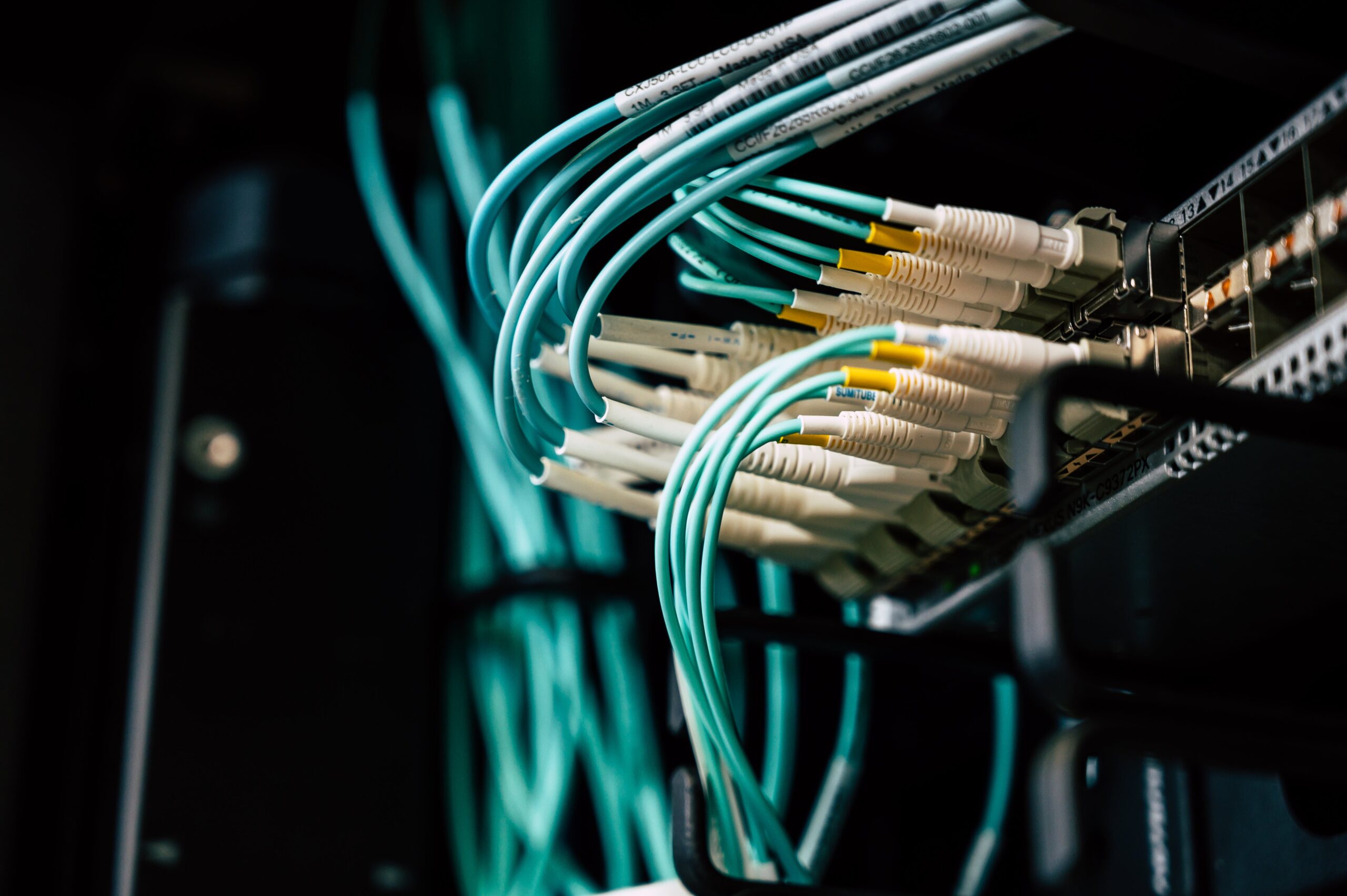In an era where connectivity is at the heart of every technological advancement, the role of cabling solutions cannot be overstated. From powering our homes and offices to supporting the infrastructure of entire cities, cabling is the unsung hero that ensures seamless communication. In this blog, we’ll delve into the world of cabling solutions, exploring their significance, advancements, and the impact they have on our interconnected lives.
- The Backbone of Connectivity: Cabling solutions form the backbone of modern connectivity, providing the infrastructure for data transmission, telecommunications, and power distribution. Whether it’s the cables that bring internet into our homes or the intricate network of wires that support our workplaces, cabling is the silent force that keeps us connected.
- Fiber Optic Marvels: Fiber optic cables stand out as one of the most revolutionary advancements in cabling technology. These thin strands of glass or plastic transmit data using pulses of light, offering unparalleled speed and bandwidth. Fiber optics have transformed long-distance communication, powering the internet’s backbone and enabling high-speed connections for businesses and homes.
- Cat 6 and Beyond: Category 6 (Cat 6) cables have become the standard for local area network (LAN) connections, providing enhanced performance and reduced interference. With the ever-growing demand for faster data transfer, cabling solutions are continually evolving, with Cat 6a, Cat 7, and beyond pushing the boundaries of data transmission capabilities.
- Power over Ethernet (PoE): Power over Ethernet is a game-changer in cabling solutions, allowing both data and electrical power to be transmitted over a single cable. This innovation is particularly valuable for devices like security cameras, wireless access points, and IoT devices, simplifying installations and reducing the need for additional power sources.
- Structured Cabling for Efficiency: Structured cabling systems provide a comprehensive and organized approach to cabling infrastructure. By integrating voice, data, and video into a unified system, structured cabling simplifies management, reduces downtime, and accommodates future technological upgrades with ease.
- Smart Cities and Intelligent Infrastructure: The concept of smart cities relies heavily on robust cabling solutions. From traffic management to public safety systems, smart cities leverage advanced cabling infrastructures to create intelligent and interconnected urban environments that enhance efficiency and quality of life.
- Cable Management for Reliability: Efficient cable management is crucial for maintaining a reliable and organized network. Cable trays, racks, and conduits ensure that cables are properly supported, organized, and protected, reducing the risk of damage and simplifying troubleshooting and maintenance.
- Environmental Considerations: As sustainability becomes a global priority, cabling solutions are evolving to meet environmentally friendly standards. From recyclable materials to energy-efficient technologies, environmentally conscious cabling solutions contribute to reducing the ecological impact of technology infrastructure.
Conclusion:
In the dynamic landscape of connectivity, cabling solutions play a pivotal role in ensuring that our digital world remains seamlessly interconnected. From the incredible speed of fiber optics to the efficiency of structured cabling systems, the advancements in cabling technology continue to shape the way we communicate and interact. As we move forward into a future of increasingly sophisticated technological demands, the significance of reliable, high-performance cabling solutions will only continue to grow, underpinning the foundation of our interconnected world.

